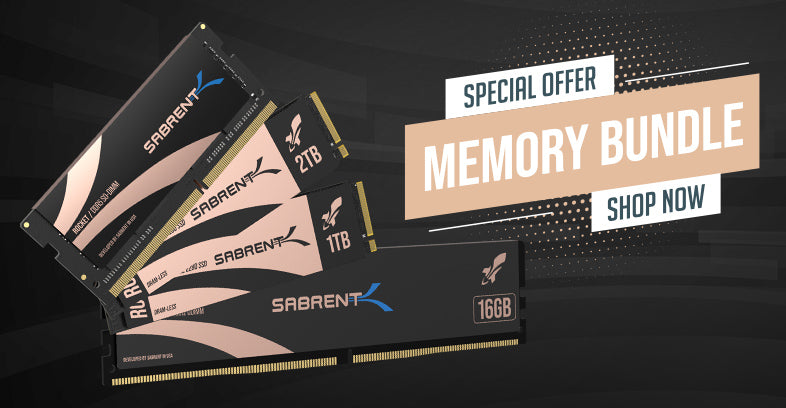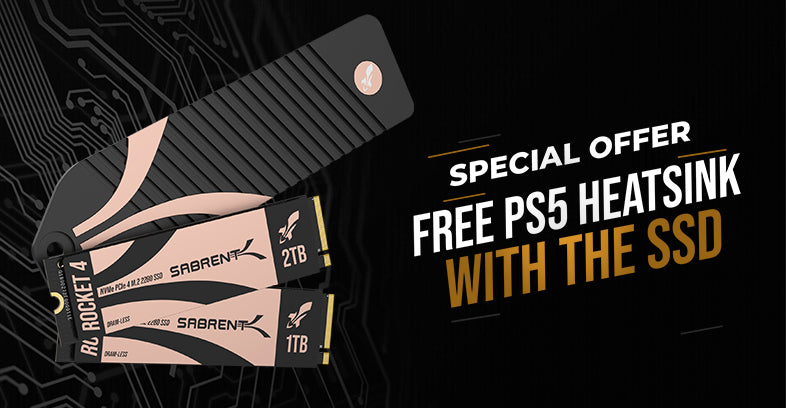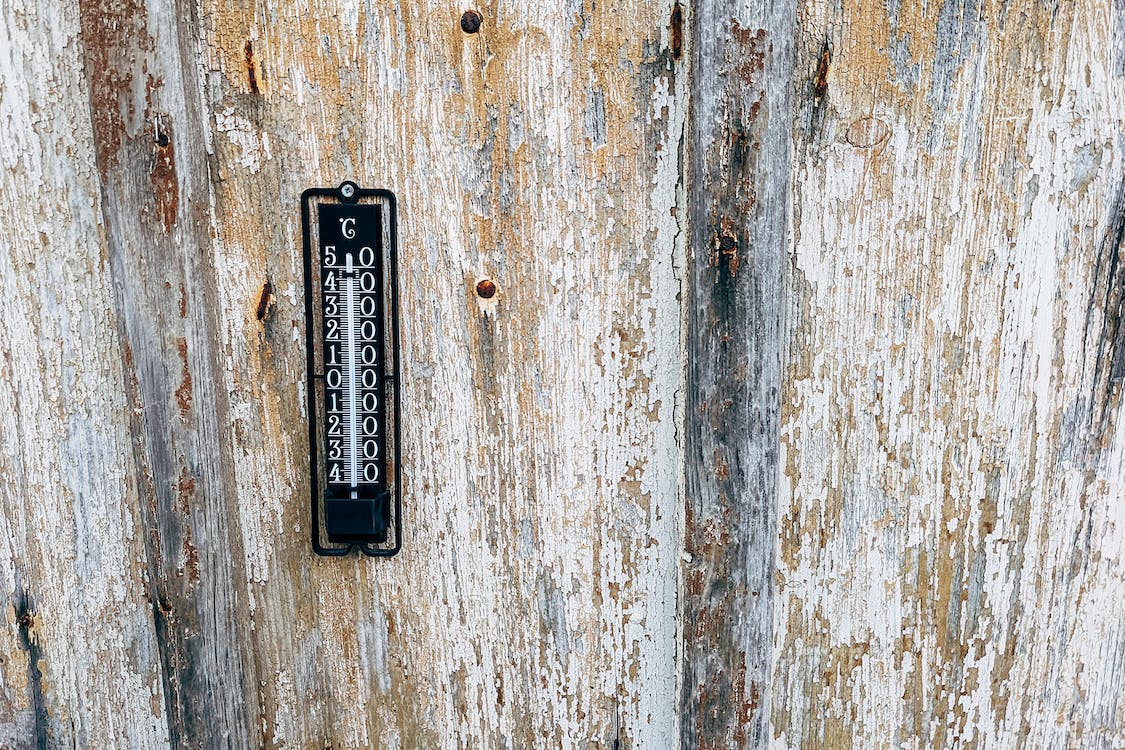There are many times when you may wish to interface with an old device in order to communicate with it. There are even newer devices, such as networking appliances, that have older ports for management. In these cases it’s important to get an adapter or cable that allows you to transmit information via a newer port type, usually USB. This isn’t always as straightforward as it seems, as some cables require drivers or may not map the pins properly. For example, connections can be mapped out through a chip responsible for UART, or as a Universal Asynchronous Receiver/Transmitter.

Three primary examples of legacy ports are serial or DB9, parallel, and IDE. Serial ports are probably the most common and use 9 pins to interface with a communications, or COM, port. It may be important to use the right COM port, such as COM1, in Device Manager so that older devices operate correctly with the cable. Parallel ports, as designed as line print terminal or LPT, were often used for printers via DB25. IDE, or Integrated Drive Electronics, is the older, parallel form of an ATA connector used for hard drives and other devices.

We offer hard drive accessories like the USB-DS12 that support the conversion of IDE and SATA to USB. We also sell cables that act as adapters from USB to DB9 along the RS-232 standard. Many of these cables have internal Prolific chipsets that will work properly with demanding devices, such as those made for older operating systems. Our CB-FTDI uses the FTL232RL for UART. Our parallel adapter also has a chipset to adapt to your needs. Cables often seem to be afterthoughts, until you need just the right one!
For more on UART communication, see Circuit Basics.













